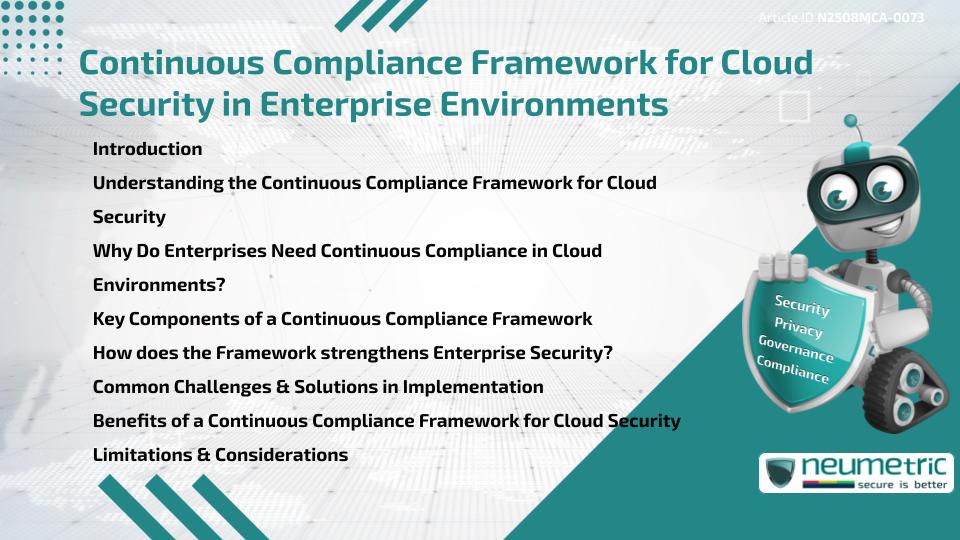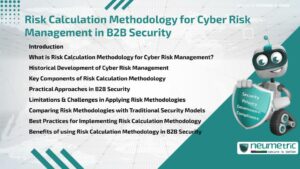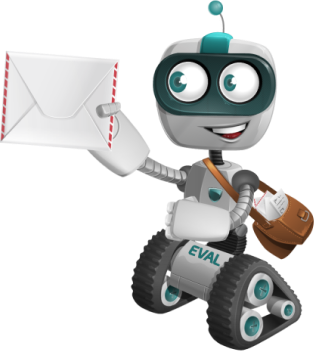Table of Contents
ToggleIntroduction
The Continuous Compliance Framework for Cloud Security provides Enterprises with a structured approach to maintaining Security & Regulatory alignment in dynamic Cloud Environments. Unlike traditional Compliance, which is often periodic, Continuous Compliance integrates monitoring, automation & reporting into everyday Operations. This Article explains the Framework, its Importance, Key components, challenges & benefits for Enterprise Environments.
Understanding the Continuous Compliance Framework for Cloud Security
A Continuous Compliance Framework is a set of Processes & Tools that ensure Cloud Security Controls remain effective at all times. It combines Policy Enforcement, Automated monitoring & Evidence collection to meet Internal & External requirements.
For Enterprises managing Multi-cloud & Hybrid Environments, this Framework ensures Compliance with Standards such as ISO 27001, SOC 2, GDPR & HIPAA. For background, see NIST Cloud Security principles.
Why Do Enterprises Need Continuous Compliance in Cloud Environments?
Cloud Environments are Highly Dynamic, with Configurations, Users & Services changing frequently. Periodic checks are no longer sufficient because:
- Misconfigurations can occur instantly.
- Regulatory requirements demand ongoing proof of Compliance.
- Clients expect Real-time assurance of Data Protection.
- Attackers exploit Gaps faster than Annual Audits can detect.
The NCSC UK Cloud Security collection highlights why Continuous oversight is essential in Enterprise settings.
Key Components of a Continuous Compliance Framework
- Policy Definition – Establish Security & Compliance Requirements based on Regulations & Standards.
- Automated Monitoring – Continuously check Cloud Configurations against Policies.
- Risk Assessment – Identify, prioritise & address Vulnerabilities in real time.
- Incident Response Integration – Link Compliance monitoring with Security response workflows.
- Audit-Ready Reporting – Generate documentation to demonstrate Compliance at any time.
- Training & Awareness – Ensure staff understand their role in maintaining Compliance.
For practical frameworks, see ISACA Governance guidance.
How does the Framework strengthens Enterprise Security?
The Continuous Compliance Framework for Cloud Security enhances Enterprise Security by:
- Reducing the Risk of unnoticed Misconfigurations.
- Providing Real-time insights into Compliance status.
- Enabling proactive Remediation before Risks escalate.
- Supporting seamless Audit Readiness with Automated Evidence collection.
The IT Governance Cloud Security resources provide further insights on strengthening resilience.
Common Challenges & Solutions in Implementation
- Integration Complexity – Select solutions with APIs to connect with existing Security Tools.
- High Volume of Alerts – Use Risk-based prioritisation to focus on critical issues.
- Skill Gaps – Provide Staff Training & adopt Platforms with intuitive Dashboards.
- Over-reliance on Automation – Maintain Human Oversight for Contextual decisions.
Benefits of a Continuous Compliance Framework for Cloud Security
- Regulatory Assurance – Demonstrates Compliance with International Standards.
- Operational Efficiency – Reduces Manual checks & Repetitive tasks.
- Audit Readiness – Provides Evidence for Regulators & Clients instantly.
- Stronger Security Posture – Keeps defences current against evolving Threats.
Limitations & Considerations
While the Continuous Compliance Framework for Cloud Security significantly improves resilience, it is not foolproof. Misaligned Policies, poor Data Input or Lack of Oversight can create blind spots. Enterprises must complement Automation with strong Governance, Skilled Teams & Regular reviews.
Takeaways
- The Continuous Compliance Framework for Cloud Security ensures Real-time alignment with Standards.
- Key components include Monitoring, Risk Assessment, Reporting & Awareness.
- Enterprises benefit from improved Security, Efficiency & Audit Readiness.
FAQ
What is the purpose of a Continuous Compliance Framework for Cloud Security?
It ensures Cloud Environments remain Secure & Compliant at all times through Automated Monitoring.
Why is it important for Enterprises?
Because Cloud Environments change constantly, requiring ongoing oversight to prevent Misconfigurations & Compliance Gaps.
Does it replace External Audits?
No, but it simplifies Audits by maintaining Real-time Compliance Records.
Can it Support multiple Regulatory Frameworks?
Yes, it can be configured to align with ISO 27001, SOC 2, GDPR, HIPAA & more.
Is Automation enough to ensure Compliance?
No, Human Governance & Context-specific Oversight remain essential.
References
- NIST – Cloud Security Principles
- NCSC UK – Cloud Security Collection
- ISACA – Governance Guidance
- IT Governance – Cloud Security Resources
- OECD – Digital Security Risk Management
Need help for Security, Privacy, Governance & VAPT?
Neumetric provides organisations the necessary help to achieve their CyberSecurity, Compliance, Governance, Privacy, Certifications & Pentesting needs.
Organisations & Businesses, specifically those which provide SaaS & AI Solutions in the Fintech, BFSI & other regulated sectors, usually need a CyberSecurity Partner for meeting & maintaining the ongoing Security & Privacy needs & requirements of their Enterprise Clients & Privacy conscious Customers.
SOC 2, ISO 27001, ISO 42001, NIST, HIPAA, HECVAT, EU GDPR are some of the Frameworks that are served by Fusion – a SaaS, multimodular, multitenant, centralised, automated, CyberSecurity & Compliance Management system.
Neumetric also provides Expert Services for technical Security which covers VAPT for Web Applications, APIs, iOS & Android Mobile Apps, Security Testing for AWS & other Cloud Environments & Cloud Infrastructure & other similar scopes.
Reach out to us by Email or filling out the Contact Form…





